

With the rapid development of electrification, connectivity, intelligence, and sharing in the automotive market, virtual reality (VR) technology has been widely applied in the automotive industry. Major manufacturers such as FAW, Changan, and Geely are actively laying out their VR strategies in the automotive field, continuously experimenting in areas such as VR reviews, VR scenarios, and AR-HUD, aiming to build their own VR technology teams, promote digital and intelligent transformation, and seize the high ground for sustainable development.
1
VR technology has brought a tremendous impact on the traditional automotive industry.
With the explosion of the metaverse and the development of 5G technology, virtual reality, as the entry point to the metaverse, has experienced unprecedented rapid development and widespread application. In 2020, China’s VR/AR market size was approximately 30 billion yuan, accounting for about 30% of the global market. The compound annual growth rate of the industry is expected to reach 69.71% from 2020 to 2024, showing a trend of rapid growth.
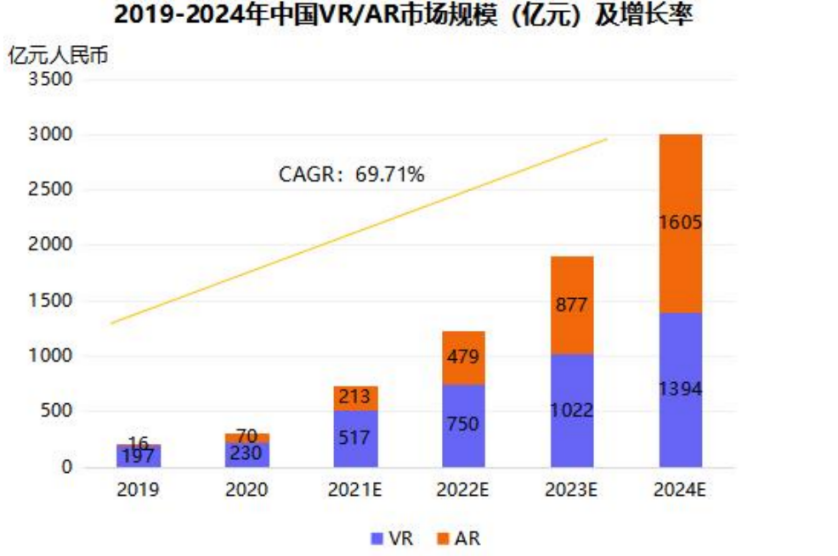
VR technology shows great potential in the automotive industry, having a multi-faceted impact. The traditional automotive product design and development process has undergone significant changes, and it can be said that VR technology is expected to completely transform the traditional automotive industry, leading new trends. Currently, VR technology has been applied to various fields such as automotive design and development, production trials, marketing, and after-sales services.
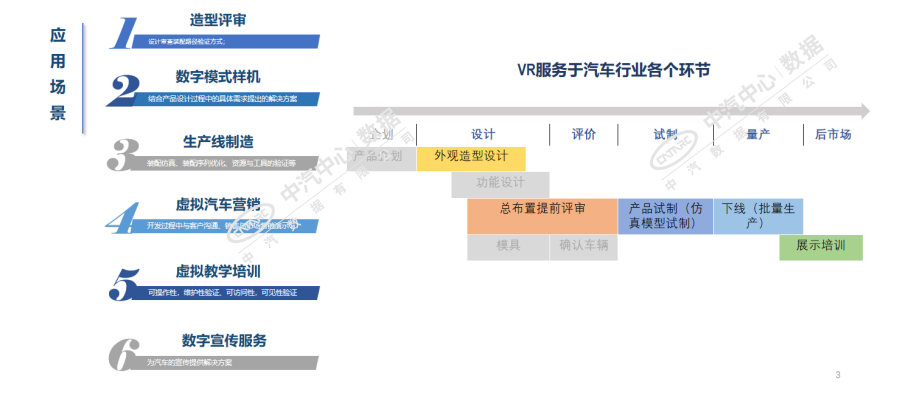
2
VR in-vehicle products are driving a revolution in in-car entertainment.
Currently, the R&D direction of VR in-vehicle products mainly focuses on AR-HUD and VR in-vehicle games.
1. AR-HUD
AR-HUD is a new type of vehicle HUD that combines AR augmented reality technology with HUD head-up display. The biggest difference from C-HUD and W-HUD is that AR-HUD has a larger field of view and a longer imaging distance, and can directly overlay display effects onto the real road surface. AR-HUD not only integrates prompt information into the real road conditions in a three-dimensional manner, allowing drivers to keep their eyes on the road ahead, but also displays scene depth, providing a larger visual field, overcoming the shortcomings of the original HUD screen being too small, and effectively improving driving safety.
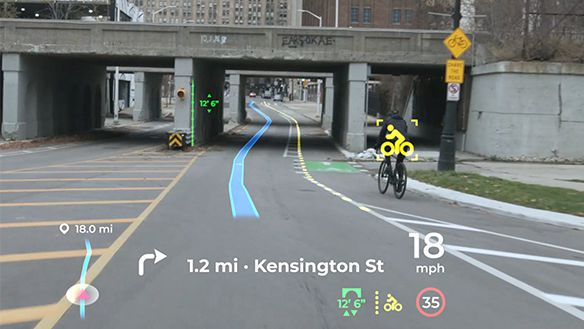
Currently, major domestic manufacturers, including foreign brands, are collaborating with suppliers to develop mass production solutions for AR HUD, including FAW, GAC, Volkswagen, and BMW. It can be said that the next two years will be a time of explosion for AR HUD.
2. VR in-vehicle games
As the trend of intelligence and connectivity in the automotive industry expands, in-vehicle entertainment systems are receiving increasing attention and have become a new breakthrough for many automotive manufacturers.
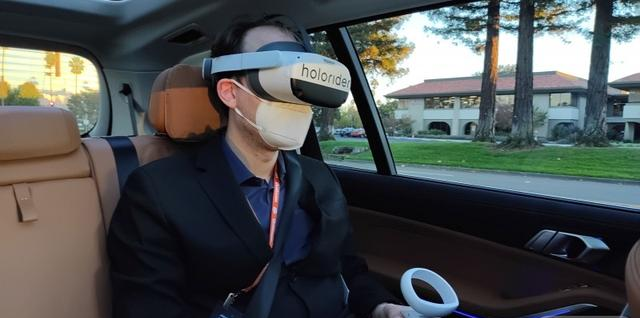
Using technologies such as VR, AR, and holography, a brand new digital experience is created for users. For example, Audi showcased an immersive in-vehicle entertainment system at CES, allowing passengers to watch movies and experience games through VR glasses. Recently, Holoride announced that starting in June 2022, Audi will become the world’s first automotive brand to offer in-vehicle VR entertainment solutions, with some MIB3-supported models enabling in-vehicle VR experiences. However, the application of visual entertainment experiences in automotive systems is still relatively limited, and in-vehicle VR devices provide a good demonstration.
3
VR technology is fundamentally changing the automotive review process.
VR automotive reviews refer to the process in automotive design where two-dimensional design sketches and plans are presented to management in the form of three-dimensional models that closely resemble real effects through modeling and rendering for design reviews. VR automotive reviews mainly include VR user experience reviews, VR styling reviews, and VR perceptual quality reviews.
1. VR user experience review
VR user experience reviews mainly focus on the real experience of users using vehicles in various scenarios. Creating high-experience intelligent vehicle usage scenarios will inevitably bring significant changes to people’s lives and travel, and will also lead to changes in the overall shape, function, and interaction methods of vehicles. Therefore, automotive user scenario design has become a key factor in the future development and innovation of automobiles, and is also a very important aspect of creating product differentiation and attracting users.
Whether the final product can meet the concept and experience goals proposed in the early scenario design needs to be verified after the product development is completed. Due to the large workload and long development cycle of in-vehicle products, if the completeness of scenario design and the rationality of user experience are only verified after project completion, it will introduce significant uncertainty into the overall project cycle, increasing uncontrollable factors in project costs. Therefore, based on innovative automotive usage scenarios, virtual scene prototype demonstrations can be used in the early stages of product development to assess the expected effects of scenarios interactively, effectively avoiding waste of project cycles and development investments.
2. VR styling review
Traditional automotive styling reviews require a significant amount of time and cost to create clay models, while VR styling reviews can effectively reduce the production of physical models, shorten the R&D cycle, and make the styling development process more flexible, rapid, and efficient. In the early concept definition process of automotive R&D, VR can assist designers in achieving high-immersion virtual presentations of automotive user experience interactions. Moreover, VR enables efficient collaboration among designers, accelerates design progress, and effectively exposes hidden design issues in the early stages of product design, reducing costs associated with design changes later on.
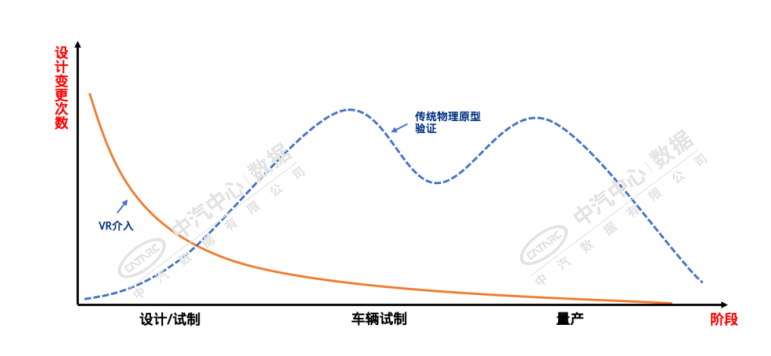
3. VR perceptual quality review
Perceptual quality review refers to the evaluation of vehicle quality and characteristics through sensory means such as sight, hearing, touch, and smell. The level of perceptual quality directly affects customers’ purchasing decisions, satisfaction with the product, and the product’s quality reputation; therefore, perceptual quality is often a strategic driving force for a company.
With the rapid development of VR technology, the review of automotive perceptual quality is evolving towards virtualization. VR quality perception reviews mainly utilize VR hardware devices to evaluate virtualized products. Compared to traditional review methods, VR quality perception reviews have distinct advantages. Through VR technology, user feedback on new virtual products can be obtained quickly and extensively, allowing for the identification of the target consumer group for the vehicle model and understanding their preferences and habits, which can positively promote product development.

4
Automotive VR field solutions
Currently, there are various automotive VR-related solutions in the automotive industry, each with different focuses. Taking the automotive VR review solution from China Automotive Data Co., Ltd. as an example, it details the application status of VR technology in the automotive industry.
The automotive VR review system mainly consists of two parts: VR hardware foundation and software platform.
1. VR review system hardware foundation
The hardware foundation of the VR review system solution mainly includes VR devices, driving experience platforms, hand tracking devices, etc.
2. VR review system software platform
(1) VR review system workflow
The VR review system workflow mainly includes digital preparation, content production, work preparation, virtual evaluation, and summarization. Using surface data, texture data, and scene data from 3D MAX, the model is imported, materials are edited, and rendering is baked; data correctness is checked, interactions are bound, and hardware and software are calibrated to achieve virtual evaluations of perceptual quality modeling and HMI, and finally discuss the feasibility of the project, record and summarize the experience, and make corrections.
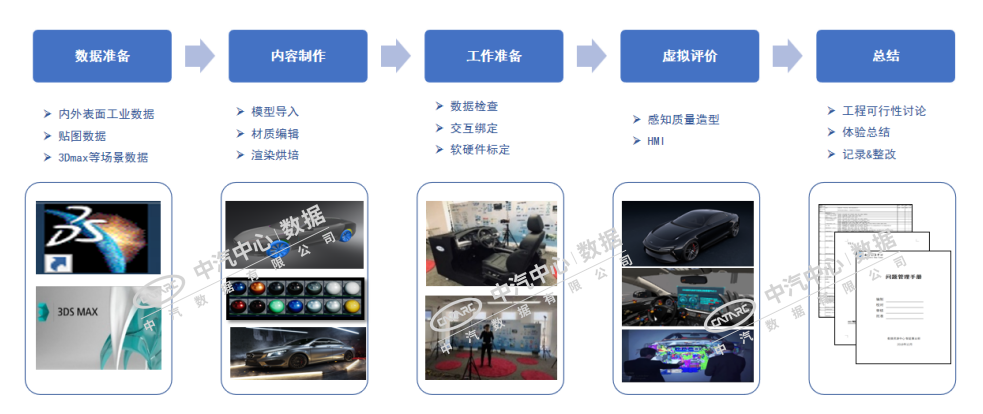
The review system based on VR usage scenarios includes the basic platform software CartoVR and customized services. CartoVR platform software: a development platform focused on automotive VR applications, supporting connections to various VR devices and interactive function development. Customized services: based on the CartoVR platform, VR functions are customized according to business value.
(2) VR review system software architecture
The VR review system mainly includes three aspects: data layer, function layer, and application layer.
1) The data layer mainly includes three-dimensional model data from software such as CATIA, UG, SolidWorks, product requirement data, BOM data, experimental data, and 2D drawings, which constitute the data foundation of the review system.
2) The function layer mainly includes vehicle usage scenario libraries, review function libraries, and user experience test case libraries.
Vehicle usage scenario library
As the degree of intelligence and connectivity in vehicles gradually increases, the intelligent experience of vehicles is becoming increasingly important in user usage scenarios. The focus of automotive design has shifted from the design of the vehicle itself to the design of user usage scenarios. Creating high-experience intelligent vehicle usage scenarios will inevitably bring significant changes to people’s lives and travel, and will also lead to changes in the overall shape, function, and interaction methods of vehicles. Therefore, automotive user scenario design has become a key factor in the future development and innovation of automobiles, and is also a very important aspect of creating differentiation and attracting users.
The design of the automotive virtual reality usage scenario prototype system and laboratory content construction defines multi-dimensional human-machine interaction scenarios, creating a prototype visualization system that customizes user and scenario processing in terms of safety, comfort, intelligence, emotionality, and connectivity, assisting in the design of automotive-related experiences during the R&D process.
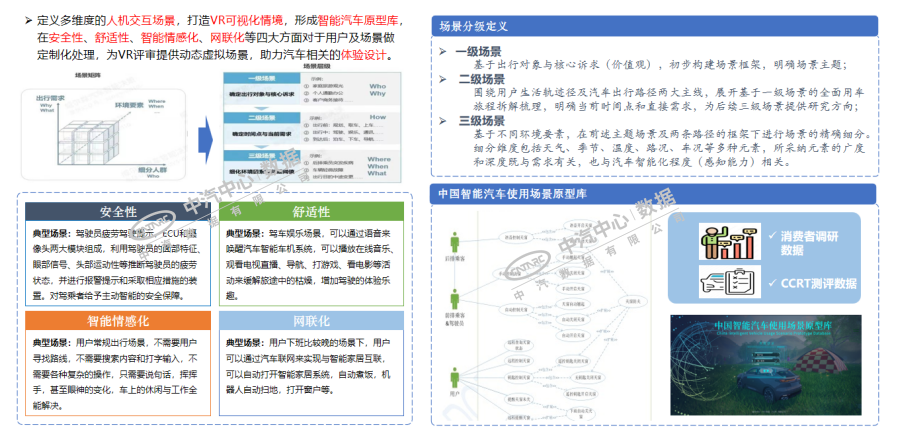
VR validation review function library
The VR validation review function library covers functions such as measurement, marking, multi-person collaboration, 2D drawing import, and sectioning during the review process, empowering cross-departmental and cross-regional collaborative R&D.
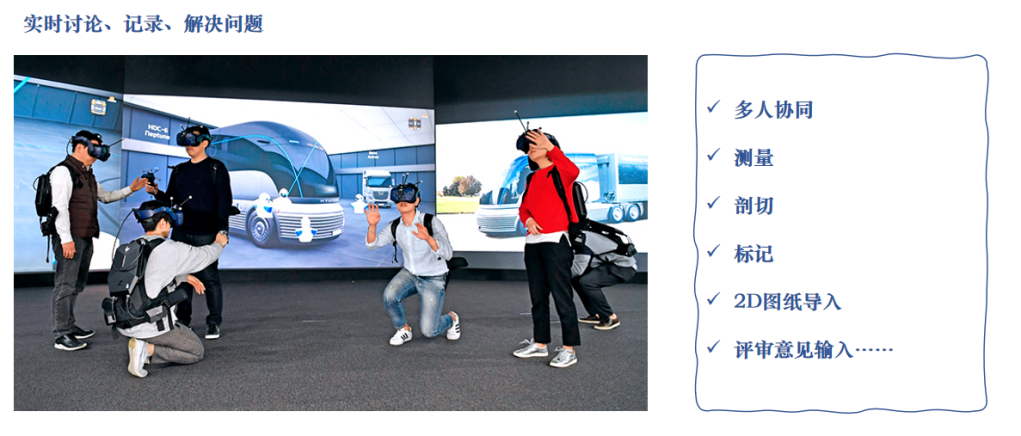
3) The application layer mainly includes verification of styling and experience, human factors verification, and engineering process verification.
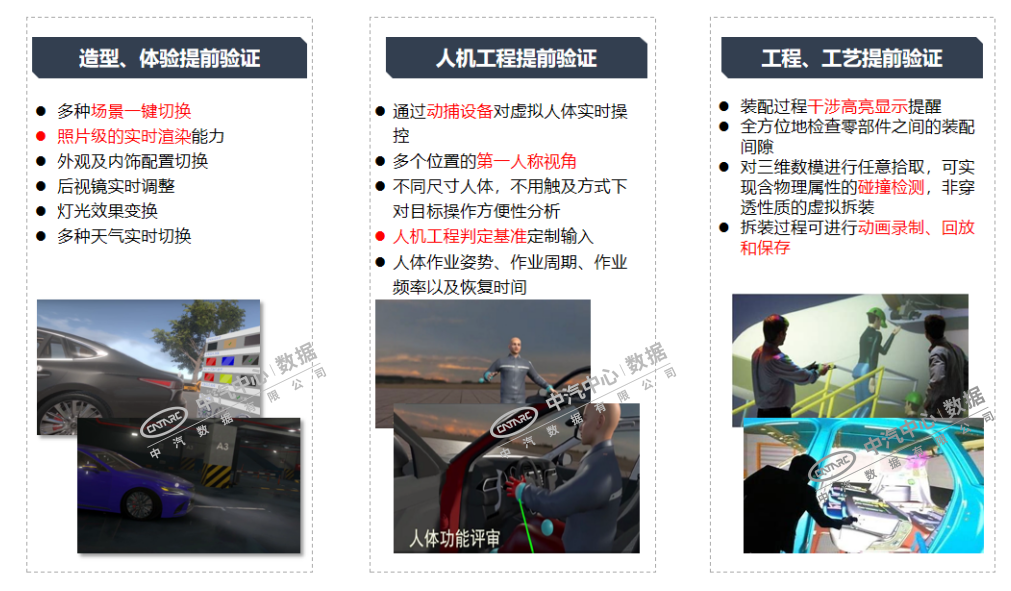
3. Enterprise application cases
China Automotive Data Co., Ltd. focuses on user needs, specializing in virtual product design, virtual product manufacturing, virtual production processes, and virtual services, achieving virtual cross-border integration services. Currently, it has deep cooperation with several major manufacturers, providing customized VR/AR solutions based on the characteristics of the enterprises, helping them establish VR/AR production R&D systems and assisting in digital industrial upgrades. The virtual reality team at China Automotive Data has accumulated rich project experience in the automotive VR/AR field over the years, serving major manufacturers such as FAW and Changan, and assisting in the construction of VR/AR intelligent automotive R&D verification systems.
China Automotive Data developed a VR user experience usage scenario system for Changan Automobile. The system is based on intelligent automotive usage scenarios for scenario design and visual prototype demonstration, co-creating secondary user experience scenarios and proposing solutions. The scenarios cover core experience points of user travel scenarios, ultimately outputting scenario stories, experience maps, and other scenario-related documents and systems.
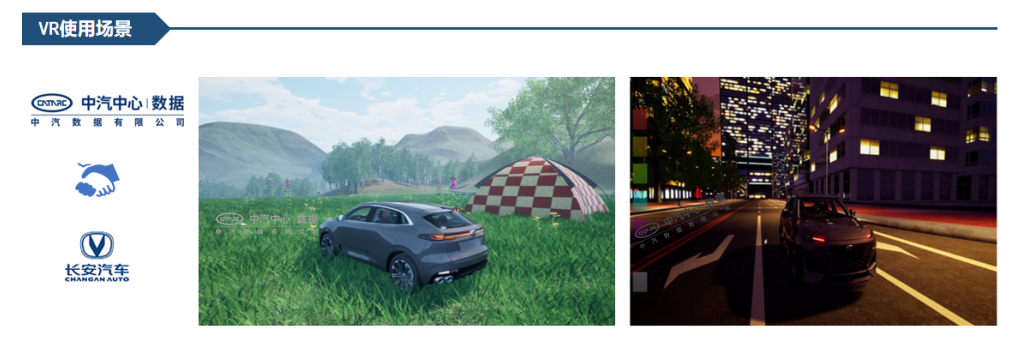
China Automotive Data created the first domestic VR perceptual quality evaluation system for FAW Hongqi. China Automotive Data provided VR development technical guidance and hardware-software integration services, helping FAW Hongqi complete the full-process VR review project. By combining motion capture systems, electric platforms, and VR devices, a perceptual quality VR evaluation system was created for Hongqi, becoming the first VR system applied in the PQ and HMI directions in the domestic intelligent vehicle R&D field, pioneering the industry. Currently, this system has been widely applied in multiple vehicle R&D projects within FAW, effectively promoting the digital industrial upgrade of the enterprise.
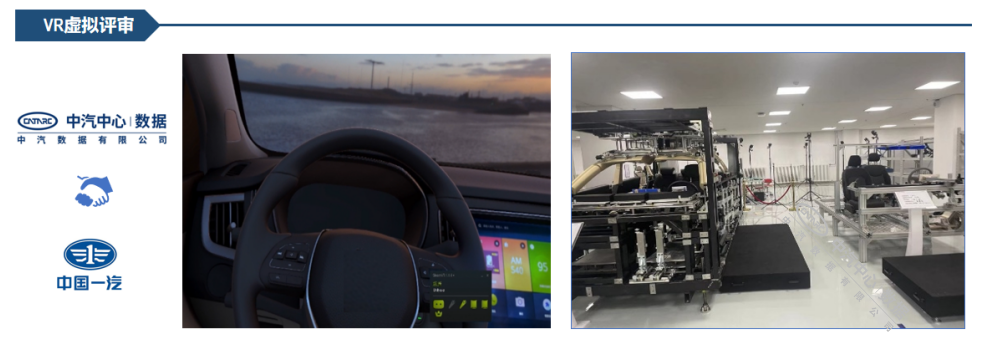
For more information, please feel free to contact us!
Li Ran
Phone: 15332096976Email: [email protected]
Li Ziyan
Phone: 18822519863Email: [email protected]
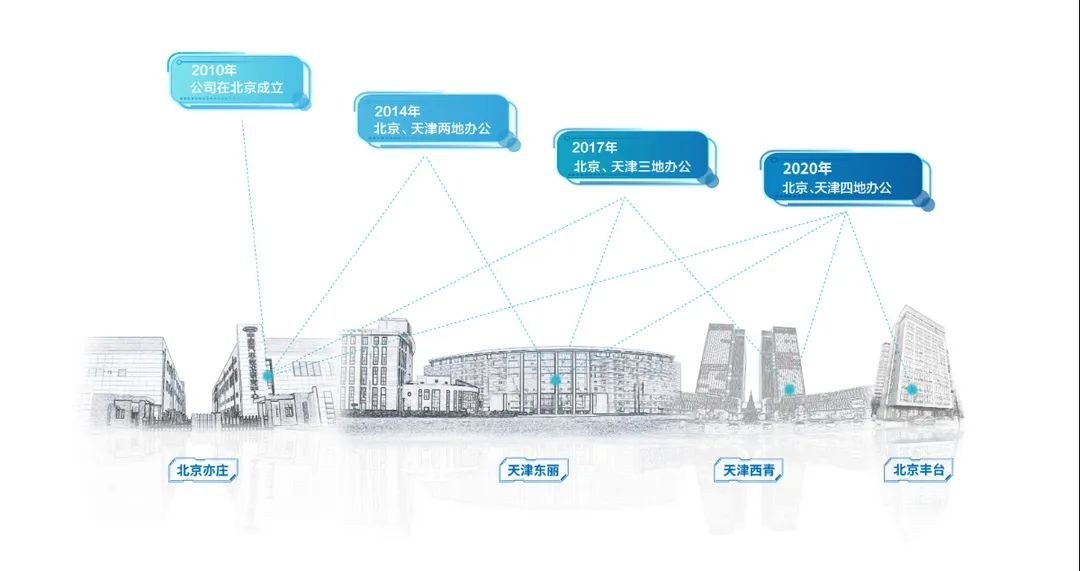
China Automotive Data Co., Ltd.
China Automotive Data Co., Ltd. is based on automotive big data, with automotive domain model algorithms as its pillar, deeply engaged in energy-saving, low-carbon, green ecology, market research, and other work. Aiming at the development of “new infrastructure” and “new four modernizations,” it precisely focuses on areas such as China’s automotive industry cloud, intelligent connectivity, intelligent cockpits, and industrial internet (industrial software), through the construction of data infrastructure for the Chinese automotive industry and the establishment of a national-level automotive industry data system, with the mission of “driving industrial transformation with data and leading the future of automobiles with intelligence,” dedicated to building a “national-level automotive industry data center, national-level decision support institution for the automotive industry chain, and national-level digital support institution for the automotive industry.”
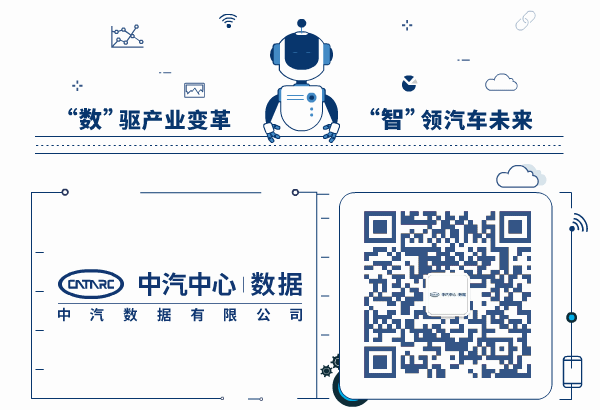
 Click the original text for more details!
Click the original text for more details!